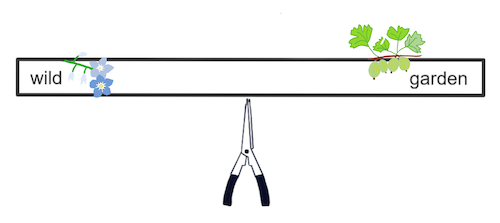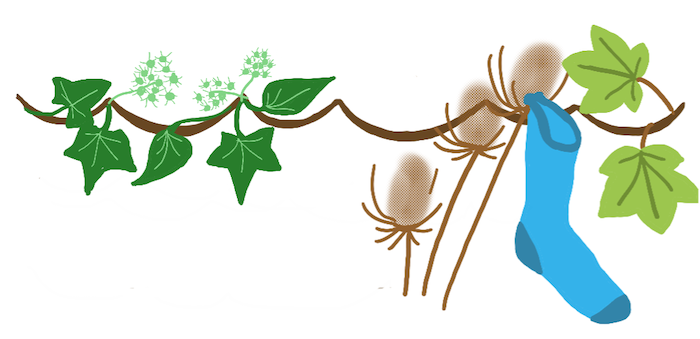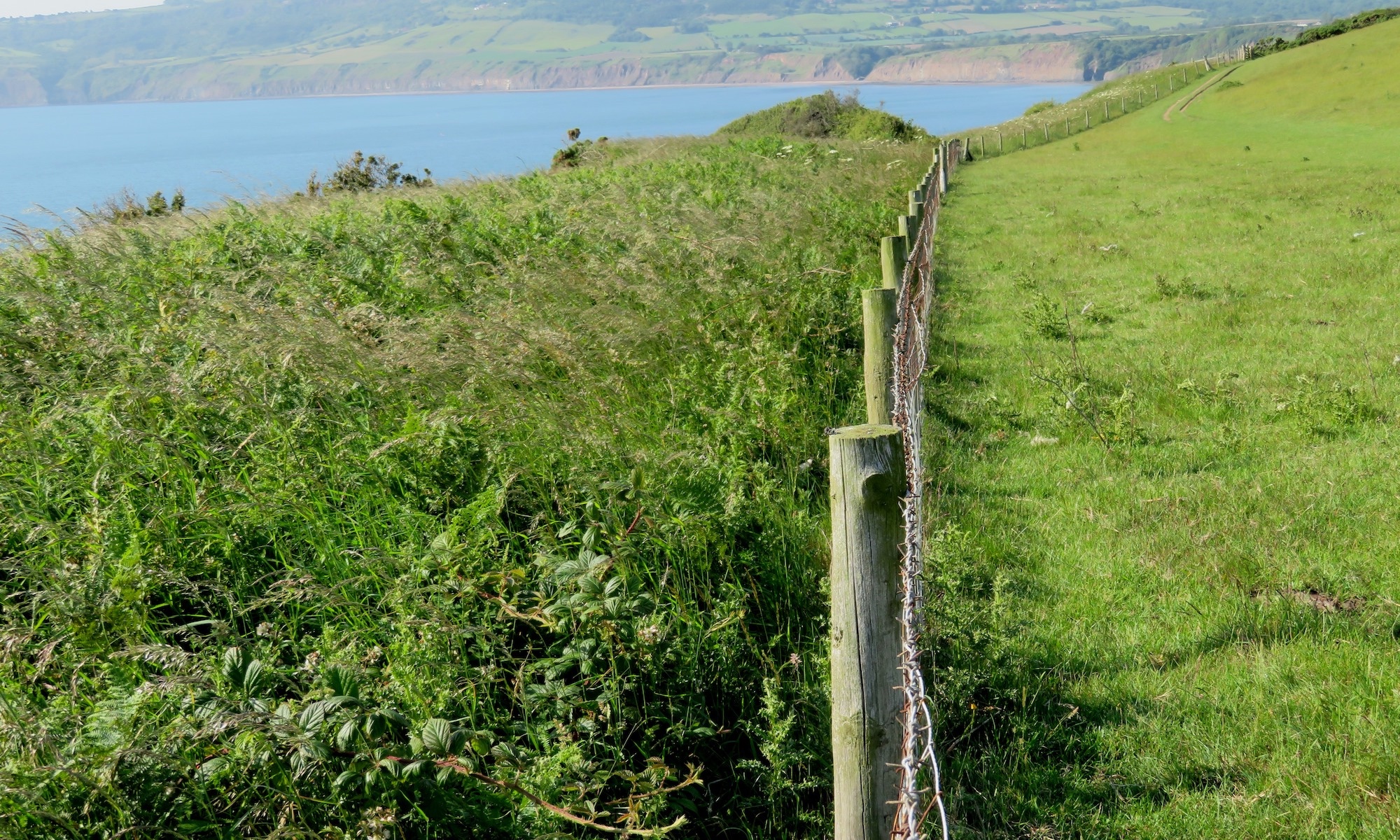by Rachel
21st September, 2021

Nature’s summer party is nearly over and there’s a great mess left behind in my garden. It’s been a riot – there’s been stylish attire, fighting, sex, and drunk wasps. The early floral arrivals to the party are looking scruffy and tired and many have already left or are lying down for a sleep. There are still some bright-eyed guests going strong, mainly from the daisy family (helenium arrived fashionably late, yarrow’s still sat in the corner like the auntie that never leaves), and some party animals (creeping buttercup, broad-leaved willowherb – I’m talking about at you) that are living it up late into the night. Even the elegant trees that helped organise, decorate and grease the social wheels have dropped some bunting. The birds look, frankly, shabby and the squirrels are squabbling, but a late flurry of speckled wood butterflies have turned up just this week, as have a number of moths and dragonflies.
It is very tempting to start the big tidy up, get the bin bags out, clear away the rubbish, take down the drooping decorations, and empty and stack the pots. But, like the best parties, at this late stage food is suddenly appearing to revive the faunal guests. And, even better, beds are being provided for those that look fit to drop. I am of course referring to the seeds, tiny berries and fruits, rotting vegetation, insect carcasses and myriad other delicacies that are on offer for our weary garden inhabitants and visitors to munch on, and the stacks of leaves and dead stems that will shelter some of them through the winter.
Some of the offerings are more pleasing to my eye than others – we have a sprawling tree cotoneaster which I find ugly most of the year but currently is laden with plump, bright berries – and the constant motion of branches tells me the blackbirds, thrushes and sparrows are making the most of its fruit – we also have tell-tale evidence left behind of a hedgehog having enjoyed the feast. The ivy growing up old stumps and fence posts is also about to put on its best appearance, with tiny, Sputnik umbels attracting bees and wasps.
The yellowing stems and leaves of tall perennials clumps are harder to love though, particularly when they turn into a slimy mass across the path, but when I move them there is a scurry and squirm beneath of woodlice, many legged beasts and nematodes – I’ve decided that folding and tucking these around the base of the plants is a good compromise, giving cover and mulch (or bed and breakfast). The grass could probably do with a cut too, but brush past it and moths and flies emerge, and it’s still warm enough to sit out on a clear evening and watch pipistrelle bats skitter about the sky…I’ll give it another couple of weeks.

A great many teasel stems have eventually developed and have interfered with the washing line for some months now – as well as grabbing at my hair and clothing every time I pass. I staked and tied quite a few (that was painful) and I have been super-tolerant towards them, as they only appeared in this part of the garden. But I think now is a good time to harvest the long stems and heads and hope that the finches won’t notice if I prop or tie them somewhere else – and perhaps transplant or selectively remove some of the new plants that are already developing, to avoid us falling out at next year’s garden party.

